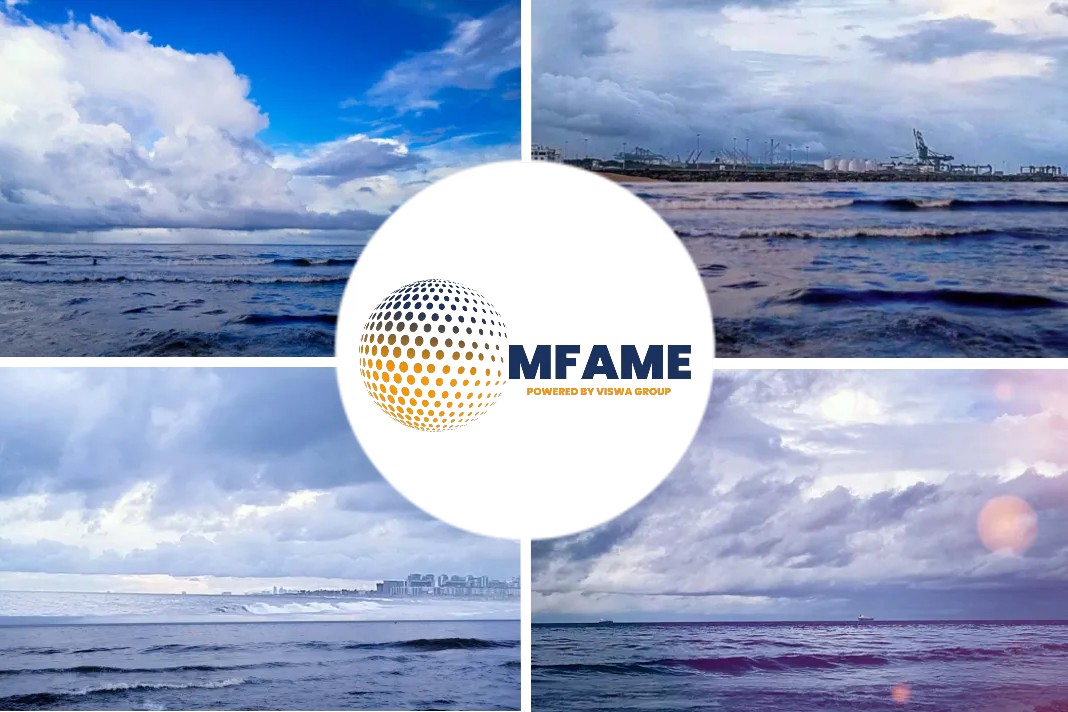
The European Council and the European Parliament reached a provisional political agreement on important legislative proposals of the ‘Fit for 55’ package, including the EU ETS maritime policy that will further reduce emissions and address their social impacts. The deal is provisional pending formal adoption in both institutions.
EU ETS Maritime
The Council and Parliament agreed to include maritime shipping emissions within the scope of the EU ETS. They agreed on a gradual introduction of obligations for shipping companies to surrender allowances: 40% for verified emissions from 2024, 70% for 2025 and 100% for 2026. Most large vessels will be included in the scope of the EU ETS maritime from the start. Big offshore vessels of over 5000 gross tonnage and above will be included in the ‘MRV regulation’ on the monitoring, reporting and verification of CO2 emissions.
General cargo vessels and off-shore vessels between 400-5 000 gross tonnage will be included in the MRV regulation from 2025 and their inclusion in EU ETS maritime will be reviewed in 2026. In addition, the agreement takes into account geographical specificities and proposes transitional measures for small islands, ice class ships and journeys relating to outermost regions and public service obligations and strengthens measures to combat the risk of evasion in the maritime sector.
Modernization and Innovation Fund
As regards the Modernization Fund, its volume will be increased through the auctioning of an additional 2.5% of the cap for which 90% must be used to support priority investments. Although natural gas projects will in principle not be eligible for funding, a transitional measure will allow the current beneficiaries of the fund to continue time limited financing of natural gas projects under certain conditions.
The Council and the Parliament also strengthened the Innovation Fund. In comparison to the current size of the fund, an extra 20 million allowances coming from the extension of the scope of EU ETS maritime to additional large vessels and inclusion of methane and nitroxides was added. “The agreement will allow the EU to meet climate objectives within the main sectors of the economy, while making sure the most vulnerable citizens and micro-enterprises are effectively supported in the climate transition,” said Marian Jurečka, Czech minister for environment.
EU Installations
According to the ‘Fit for 55’ package, the Council and Parliament agreed to increase the overall ambition of emissions reductions by 2030 in the sectors covered by the EU ETS to 62%. More specifically, the co-legislators agreed to a rebasing of the overall emissions ceiling over two years of 90 and 27 million allowances respectively and increase the annual reduction rate of the cap by 4,3 % per year from 2024 to 2027 and 4,4 from 2028 to 2030.
The market stability reserve (MSR) will be strengthened by prolonging beyond 2023 the increased annual intake rate of allowances (24%) and setting a threshold of 400 million allowances. Installations that will benefit from free allocations will need to comply with conditionality requirements, including in the form of energy audits and for certain installations climate neutrality plans.
Additional transitional free allocations can be granted under certain conditions to the district heating sector in certain member states, in order to encourage investments into decarbonising that sector. The Commission will assess the ‘Fit for 55’ package, and report by 31 December 2026 on the possibility of including the municipal waste incineration sector in the ETS with a view to including it from 2028 and assessing the need for a possibility of an opt out until 2031.
Did you subscribe to our newsletter?
It’s free! Click here to subscribe!
Source: Assafinaonline























Can you be more specific about the content of your article? After reading it, I still have some doubts. Hope you can help me.
Thanks for sharing. I read many of your blog posts, cool, your blog is very good. https://www.binance.com/zh-CN/register?ref=53551167